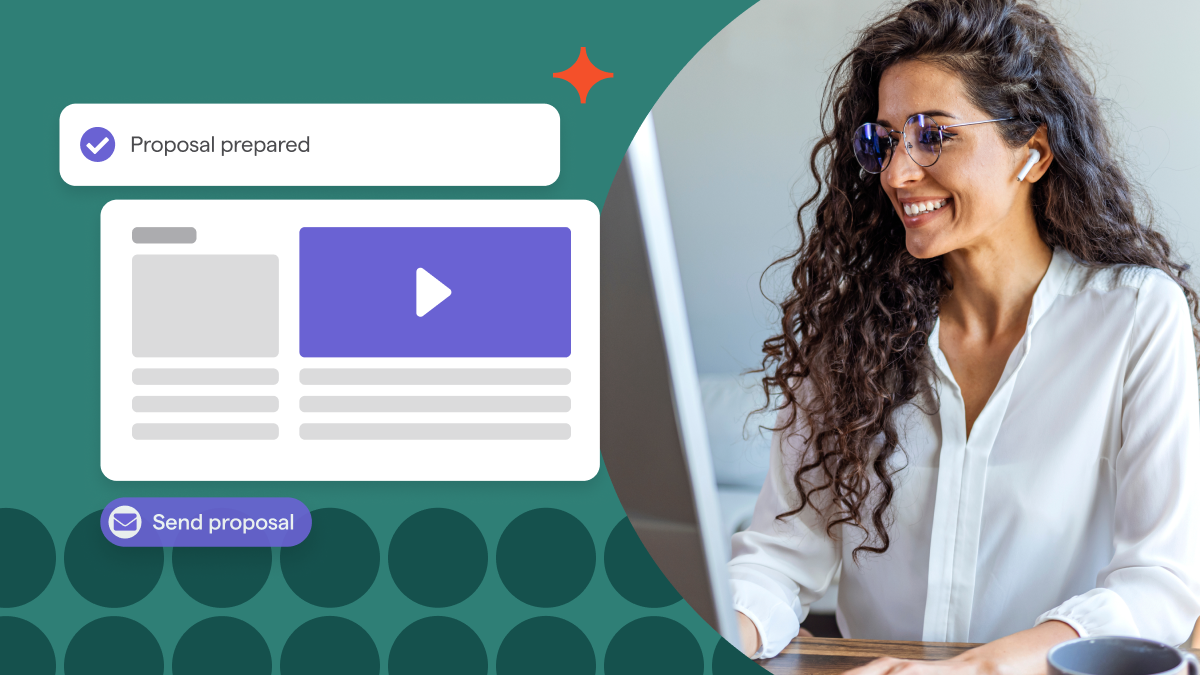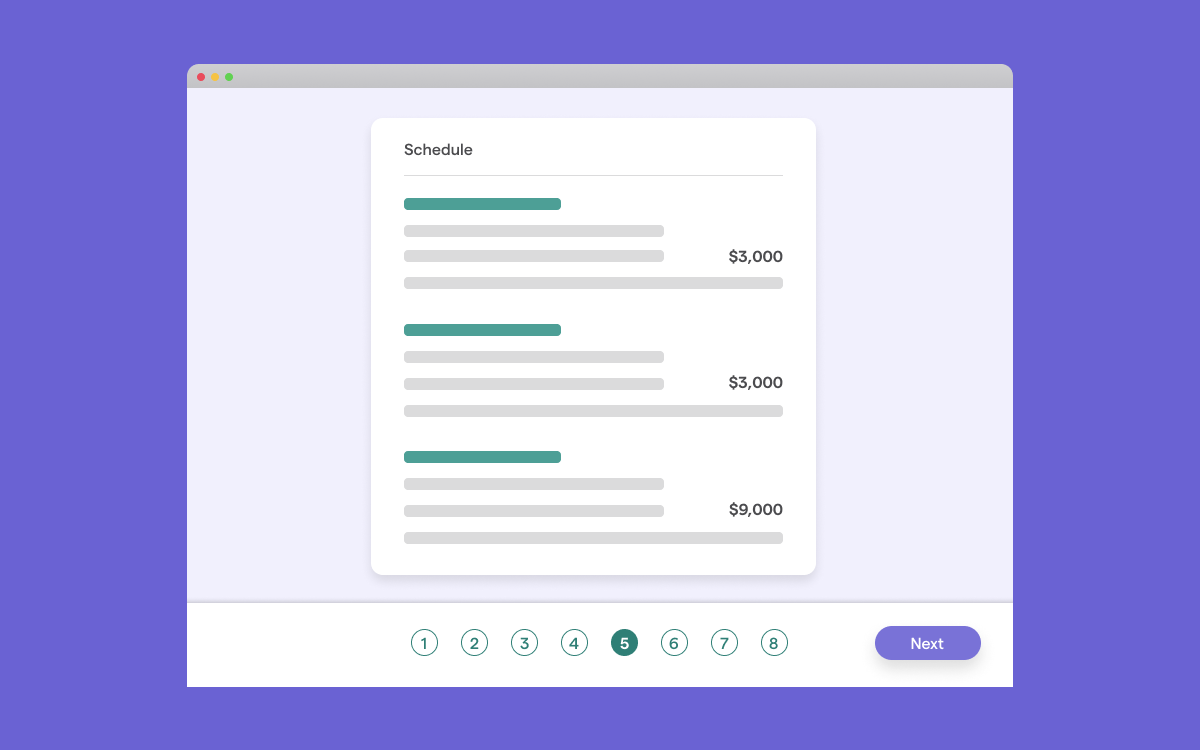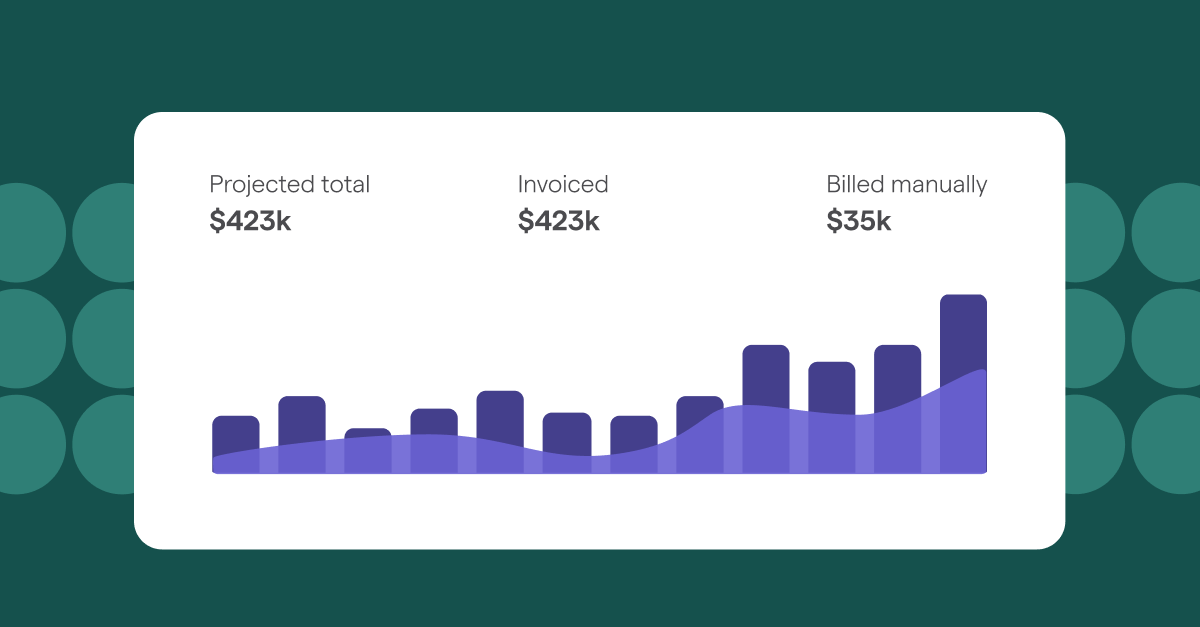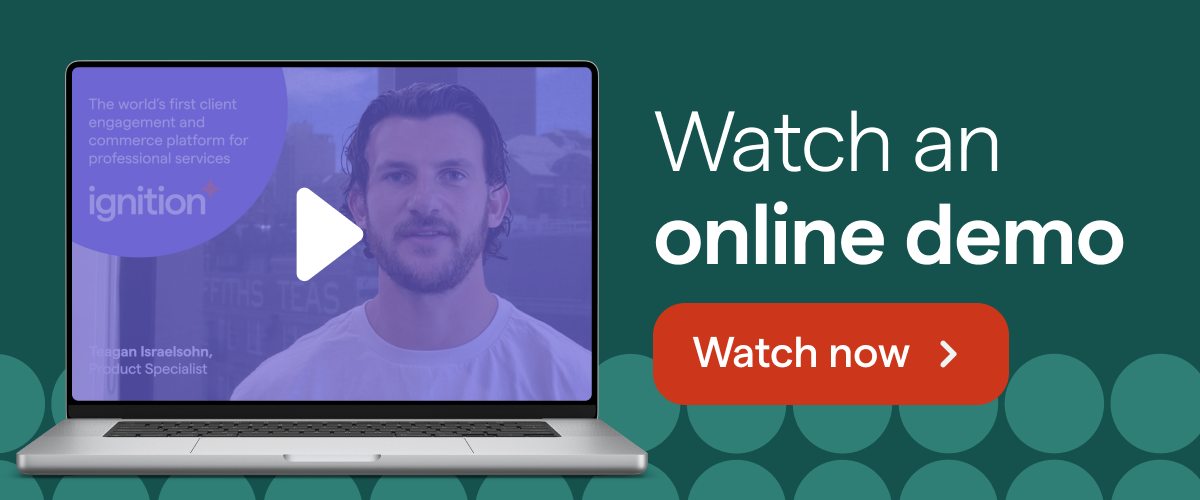The ultimate guide to writing the best business proposal

A business proposal is vital to winning new business. Done right, it enables you to communicate your company’s value proposition and showcase your expertise in a way that resonates with potential clients. A well-crafted business proposal can help you stand out from the competition, build trust and credibility, and ultimately win more clients.
Writing a solid business plan is more important than ever in today’s increasingly competitive business environment. Think of it as building a bridge between you and a potential client. You need a strong foundation, a clear plan, and solid materials to support the weight of your business relationship.
Key takeaways
In this blog post:
We'll explore the key elements of a successful business proposal.
Provide tips on how to create a proposal that will impress your prospective clients and win new business.
We’ll discuss how you can use technology to automate and optimize the proposal process, so you can focus on delivering exceptional services to your clients.
Whether you're a consultant, accountant, digital marketer or any other type of professional service provider, read on to learn how to write the best business proposal for your business.
What is a business proposal?
A business proposal is a document that outlines a specific project or service that a business is offering to a prospective client or partner. The format and outline of a business proposal may vary depending on the project or client, but ideally it should include:
Company description.
Executive summary.
Scope of work.
Project timelines.
Payment terms.
Ability to collect client payment details upfront.
Digital signing capability.
Option to include a personalized message, video and brochure.
What’s the difference between a business plan and business proposal?
A business plan is a comprehensive document that outlines a company's overall strategy and goals, while a business proposal is focused on a specific project or service. The target audience for a business proposal would be prospective clients, while a business plan is meant for potential investors or banks.
Unlike a business proposal, where the main goal is to win clients, the objective of a traditional business plan is to help entrepreneurs obtain investment capital or secure funding. As such, when you write a business plan, it usually covers sections and points such as:
Executive summary.
Business concept / business idea.
Business structure / legal structure.
Business strategy.
Business planning information.
Competitive advantage.
Business’s shareholder equity.
Market analysis section.
Management team (for example, key employees).
Target market.
Pricing strategy.
Competitive analysis.
Marketing strategy / marketing plan.
Business growth projections.
Financial data (such as cash flow statements and income statements).
SWOT analysis.
Financial projections.
Detailed business plan FAQ.
How to write a business proposal
Now that we’ve covered the fundamentals of what a business proposal is, let’s discuss how to actually create a business proposal that serves you and your (soon-to-be) clients. Here are the general steps involved in the process.
Step 1. Research and understand your prospective client's needs
A lot of the work involved in producing a business proposal comes before any writing actually takes place. A well-crafted proposal is backed by research.
So, make sure you have a clear understanding of your potential client's business, target market, industry, and pain points. This will help you tailor your proposal to their specific needs and show that you understand their challenges.
Step 2. Introduce your business with an executive summary and company description
Ready to start producing the proposal itself? Start by introducing your business with a strong executive summary and company description. This is a great opportunity to set the tone for the entire proposal, establish trust, and encourage prospects to continue reading the document.
Step 3. Outline the scope of your services and demonstrate market analysis
The next step is to define your scope of work. Be specific and detailed about the actions you'll take to serve the client and make sure to clarify what each service entails – and what it doesn’t include.
This is also a good opportunity to articulate the problem your prospective client is facing and demonstrate how your service can solve it, particularly as it relates to their market. Be specific about the benefits your solution will bring and how it will improve your prospective client's business.
Step 4. Provide a detailed timeline and budget
Lay out a clear and realistic timeline for completing the project, and be transparent about the costs involved.
Provide a detailed breakdown of the budget, and outline the payment terms. Are you accepting payment details as part of your proposal and charging an upfront deposit? Should the client pay you based on milestones you hit? Make sure these details are clearly laid out in your business proposals.

Step 5. Showcase your expertise
Throughout your proposal, find ways to highlight your unique strengths and communicate why you’re the ideal partner for the project. Depending on how your business proposal is formatted, this could mean adding a testimonials section or providing case studies.
Step 6. Design your proposal with care
You should also consider the visual appeal of your proposal and see if you can include graphics, charts, visual aids and video to make the information engaging, easy to understand and quick for the client to sign off on. Also, use a consistent layout and design elements that align with your brand, so the proposal looks professional and polished.
Step 7. Proofread and edit thoroughly
See to it that your proposal is error-free by proofreading it carefully. Check for grammar, spelling, and formatting mistakes.
Pro tip: You can significantly reduce the time it takes to review and proofread your proposal by automating your workflows – more on this in a bit.
Step 8. Follow up with prospective clients
Already sent your proposal? Don’t forget to follow up with the client to answer any questions and address their concerns.
Maintain open communication throughout the process to build rapport and enhance the chances of winning their business.
For best results, use software (such as Ignition) that allows you to automate follow-up messages to ensure that your business proposal doesn’t fall through the cracks.
Can automating proposals help my business?
Given that we’re writing a 2023 guide on business proposals, we’d be remiss if we didn't talk about automation and artificial intelligence.
Take for example, Ignition, which is an all-in-one professional services platform that helps you manage your proposals, agreements, billing and payment collection, all in one place. The platform has built-in tools and templates to streamline how you produce business proposals.
Ignition’s proposals are created by leading industry experts, so you can rest easy knowing that they’re optimized for professional service providers. The platform also allows you to create your own custom templates to use time and again. Ignition customers save on average over six hours per week creating proposals and issuing engagement letters.

Beyond using a platform like Ignition, you can further streamline your processes using AI. Tools like ChatGPT can help with proposal writing by generating ideas, providing language suggestions, and speeding up content creation.
The benefits of proposal automation software
When used properly, proposal automation software can result in higher-quality proposals that are produced faster, enabling you to respond quickly to client needs and increase your chances of winning new business.
Consider the following benefits.
- Greater efficiency:Templates and automation software reduce the time and effort required to create high-quality proposals. For example, rather than writing a business proposal from scratch, you can use Ignition’s proposal templates as a starting point so you can kick off the proposal writing process faster.
- Your proposal can align with your brand: Proposal automation software can help ensure that all your proposals are consistent and aligned with your brand and messaging. By using pre-designed templates and standardized language, you make sure that your proposals follow a consistent format and style that reinforces your brand identity.
- Improve accuracy in your business proposals: Having inaccuracies, spelling errors, and grammar mishaps on your proposals are embarrassing, at best. These mistakes (even when seemingly harmless or unintentional) can negatively impact your credibility and professionalism. Inaccuracies also make your proposal appear rushed, unprofessional, and lacking attention to detail, which can lead potential clients to question your ability to deliver quality work. Automation software can help eliminate errors and inaccuracies in proposals by providing boilerplates and pre-made templates, which then keeps manual work (and potential mistakes) to a minimum. And if you’re using AI-powered assistants, you can leverage built-in spell checkers, grammar tools, and data validation algorithms. These tools help catch errors and inaccuracies before they become a problem, ensuring that your proposals are error-free and accurate.
Gain insights for smarter decision-making
Business proposal solutions like Ignition uses a Business Intelligence Dashboard that can provide data and analytics about your proposal performance.
You can quickly see your sales pipeline, including the number of proposals you’ve sent, along with your conversion or win rates. These insights can uncover areas of improvement, so you can optimize and improve your proposals over time.

The dos and don’ts of automating your proposal
Planning to use software and automation tools to streamline your business proposals? Check out these dos and don'ts when it comes to automation.
Do use tools to automate repetitive tasks
As mentioned above, there are several tools at your disposal. Put those tools to good use and find out how they can make your life easier. Identify repetitive tasks around proposal writing, and streamline them through software and AI.
Do learn what’s out there so you can adapt
Make it a point to keep abreast with what’s happening in your target market, particularly when it comes to software and technology. Things are changing rapidly and keeping up to date will help you stay competitive.
Don’t rely solely on tools to do all the work
As more and more people use generative AI to produce content, it's more important than ever to add your personal touch and expertise to your proposals. Communicate in a way that’s personalized, engaging and tailored to meet the specific needs of each client.
Don’t forget to fact-check
AI and automation tools aren’t perfect, so always verify the information and key details generated or populated by generative AI tools to ensure accuracy and reliability.
Free business proposal templates
Ready to get started with writing business proposals? Kick things off with Ignition’s business proposal templates for professional service providers, marketing agencies, accountants, bookkeepers and tax professionals.
Choose from a wide range of industry-specific proposal templates, and get inspiration and guidance to help you craft a winning business proposal.
From marketing-related assets (such as this SEO proposal template) to accounting and bookkeeping proposals, you’ll find numerous documents to get you started.
Over to you
Writing a compelling business proposal is crucial for professional service providers looking to win new clients in 2023 and beyond.
The good news is that producing a well-crafted proposal is completely doable. Follow the key elements and best practices outlined above, so you can create a business proposal that effectively communicates your value proposition, showcases your expertise, and resonates with potential clients.
And be sure to use tools like Ignition to give your proposals the professional edge. Ignition empowers businesses to get paid faster and run smarter by automating and optimizing proposals, agreements, billing, payment collection and workflows – all in one platform. Run your business smarter, so you can save time and focus on high-level tasks that move the needle in your company. Watch an online demo today.


